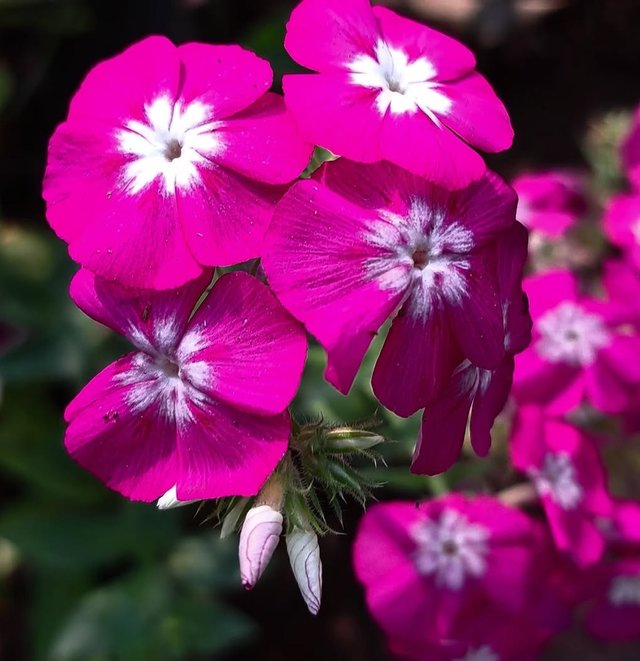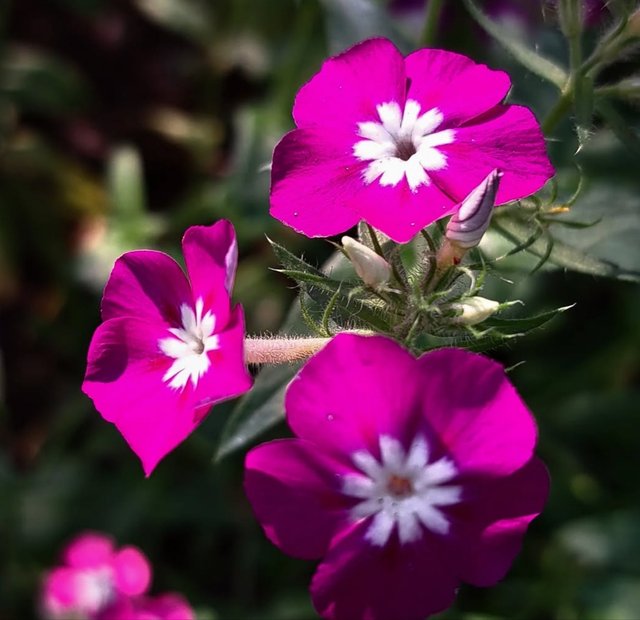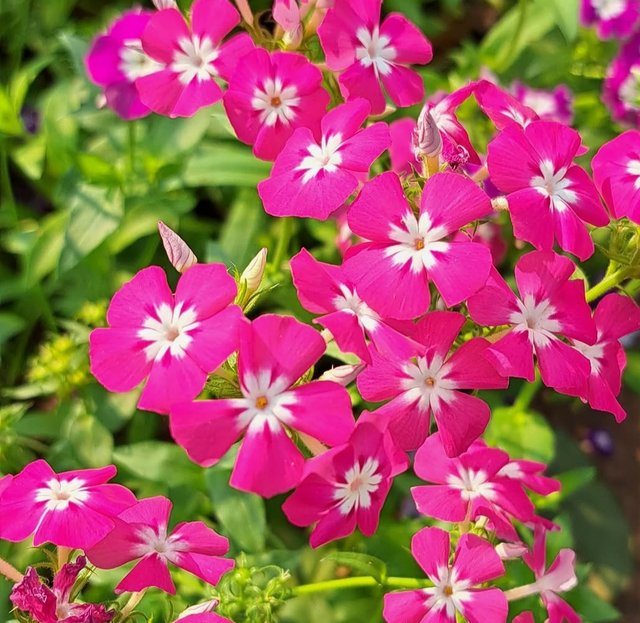Phlox Drummondii Flower
Phlox drummondii: A Vibrant Garden Annual
Phlox drummondii, commonly known as annual phlox or Drummond’s phlox, is a beloved flowering plant prized for its vivid colors and easy-growing nature. Native to Texas and parts of the southern United States, this cheerful annual has spread in popularity across the world, brightening up garden beds, borders, rock gardens, and containers. Its charming blooms and versatility make it a favorite among gardeners of all skill levels.
Botanical Background
Phlox drummondii belongs to the family Polemoniaceae, which includes more than 60 species of phlox. Named after Scottish botanist Thomas Drummond, who collected seeds during his travels in Texas in the 1830s, this species quickly became a staple in ornamental gardening. It is one of the few phlox species that thrives as an annual, completing its life cycle within a single growing season.
Appearance and Varieties
Annual phlox is a compact, bushy plant, typically reaching 15–45 cm in height. Its stems are slender yet sturdy, bearing narrow, lance-shaped leaves. The star of the show is its clusters of five-petaled flowers, which bloom in an incredible array of colors—scarlet, pink, white, lavender, purple, and even bicolor blends. Many varieties are fragrant, attracting butterflies, bees, and hummingbirds to the garden.
Modern cultivars such as ‘Brilliant Scarlet’, ‘Twinkle Stars’, and ‘21st Century Mix’ have been developed for improved color intensity, heat tolerance, and bloom duration. Some feature unique fringed or star-shaped petals for added visual interest.
Growing Conditions
Phlox drummondii is relatively easy to grow, provided a few basic conditions are met:
Sunlight: Prefers full sun but can tolerate partial shade in hotter climates. Full sunlight promotes more abundant and vibrant blooms.
Soil: Thrives in well-drained, moderately fertile soil. Adding organic compost helps improve soil structure and fertility.
Watering: Requires consistent moisture but should not sit in soggy soil. Water regularly during dry spells to maintain steady growth.
Climate: Suited to USDA zones 2–11 as an annual. It performs best in spring and summer, though in mild climates it may bloom well into autumn.




%20(10).jpeg)